Buy this flower art Bollenveld Panorama Bollenstreek Nederland 6:1 by Hendrik-Jan Kornelis on canvas, ArtFrame, poster and wallpaper, printed on demand in high quality.
About "Bollenveld Panorama Bollenstreek Nederland 6:1"
by Hendrik-Jan Kornelis
About the artwork
The Bulb Region or Dune and Bulb Region is a region on the Dutch coast where flower bulb cultivation originated. It officially lies from the lower reaches of the Oude Rijn river west of Leiden to the area west of Haarlem. Part of the western Haarlemmermeer, around Zwaanshoek, is also considered part of the Bulb Region. The conditions for cultivation there are favourable because of the sandy soil present close to the surface.
By some, however, only the traditionally Roman Catholic agricultural bulb-growing villages of Noordwijk-Binnen, Noordwijkerhout, Voorhout, Sassenheim, Lisse, Hillegom, De Zilk and sometimes also the North Holland villages of Vogelenzang and Bennebroek are considered part of the Bulb Region. The Dune region, including the fishing villages of Katwijk aan Zee and Noordwijk aan Zee, have a Protestant-Christian background. Rijnsburg is more difficult to place in one of these two groups, as it is a bulb village but not Roman Catholic. All the villages together are called the Dune and Flowerbulb Region.
The region is best known for growing tulip bulbs, as well as crocuses, daffodils and hyacinths. Bulb-growing originated at the end of the 16th century around the sandy soils near Haarlem in the 17th century, it flourished excessively for a time because of tulip mania. Large-scale cultivation in the Bulb Region developed in the second half of the 19th century.
During the flowering season of flower bulbs, the region has a colourful appearance that attracts many visitors. After the crocuses, tulips, daffodils and hyacinths start flowering at the end of March and continue into May. In late summer, gladioli, dahlias's, carnations and asters provide a second colourful period.

About Hendrik-Jan Kornelis
As a child, there was already a predilection for visual art. As a technician, I was always creative in products, services and working methods. In later years, more time was taken for my art (photography) passion... Read more…
 Netherlands
Netherlands Ordered in November 2024
Ordered in November 2024
 Germany
Germany Ordered in June 2021
Ordered in June 2021
 Germany
Germany Ordered in May 2025
Ordered in May 2025
 Germany
Germany Ordered in March 2020
Ordered in March 2020
 Netherlands
Netherlands Ordered in August 2017
Ordered in August 2017
 Germany
Germany Ordered in January 2021
Ordered in January 2021
 Netherlands
Netherlands Ordered in August 2019
Ordered in August 2019
 Germany
Germany Ordered in May 2021
Ordered in May 2021
 Netherlands
Netherlands Ordered in March 2020
Ordered in March 2020
 Netherlands
Netherlands Ordered in December 2023
Ordered in December 2023
 Netherlands
Netherlands Ordered in June 2023
Ordered in June 2023
 Germany
Germany Ordered in May 2025
Ordered in May 2025
About the material
ArtFrame™
Interchangeable Art Prints
- High-quality print
- Easily interchangeable
- Acoustic function
- Large sizes available
Discover the artworks of Hendrik-Jan Kornelis
 Prinsengracht 322 AmsterdamHendrik-Jan Kornelis
Prinsengracht 322 AmsterdamHendrik-Jan Kornelis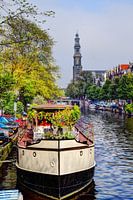 Westerkerk Amsterdam with boatHendrik-Jan Kornelis
Westerkerk Amsterdam with boatHendrik-Jan Kornelis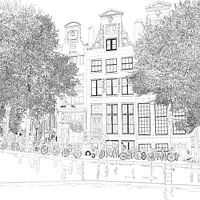 Pen Drawing Herengracht 392 Amsterdam SquareHendrik-Jan Kornelis
Pen Drawing Herengracht 392 Amsterdam SquareHendrik-Jan Kornelis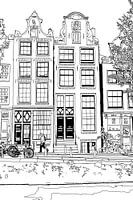 Drawing Brouwersgracht 48 AmsterdamHendrik-Jan Kornelis
Drawing Brouwersgracht 48 AmsterdamHendrik-Jan Kornelis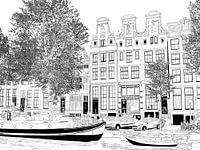 Drawing Herengracht 51-65 AmsterdamHendrik-Jan Kornelis
Drawing Herengracht 51-65 AmsterdamHendrik-Jan Kornelis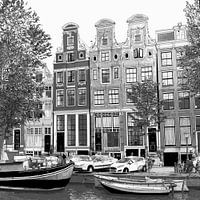 Watercolor Drawing Herengracht 51-65 AmsterdamHendrik-Jan Kornelis
Watercolor Drawing Herengracht 51-65 AmsterdamHendrik-Jan Kornelis Panorama Leidsegracht / Keizersgracht AmsterdamHendrik-Jan Kornelis
Panorama Leidsegracht / Keizersgracht AmsterdamHendrik-Jan Kornelis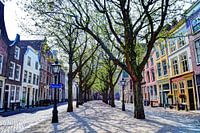 Hooglandse Kerkgracht Leiden The NetherlandsHendrik-Jan Kornelis
Hooglandse Kerkgracht Leiden The NetherlandsHendrik-Jan Kornelis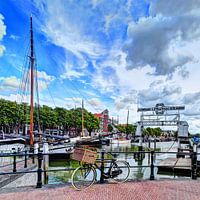 Nieuwe Haven Dordrecht NetherlandsHendrik-Jan Kornelis
Nieuwe Haven Dordrecht NetherlandsHendrik-Jan Kornelis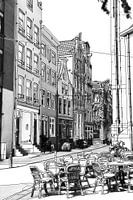 Noordermarkt Drawing AmsterdamHendrik-Jan Kornelis
Noordermarkt Drawing AmsterdamHendrik-Jan Kornelis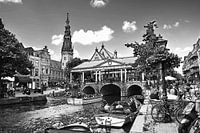 Drawing of City Hall and Kroonbrug Leiden NetherlandsHendrik-Jan Kornelis
Drawing of City Hall and Kroonbrug Leiden NetherlandsHendrik-Jan Kornelis Pen drawing Southern church Amsterdam KloveniersburgwalHendrik-Jan Kornelis
Pen drawing Southern church Amsterdam KloveniersburgwalHendrik-Jan Kornelis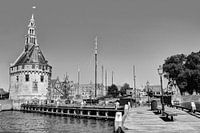 Hoorn Noord-Holland The Netherlands PortHendrik-Jan Kornelis
Hoorn Noord-Holland The Netherlands PortHendrik-Jan Kornelis Panorama Hoorn Oude Haven Kruittoren North Holland NetherlandsHendrik-Jan Kornelis
Panorama Hoorn Oude Haven Kruittoren North Holland NetherlandsHendrik-Jan Kornelis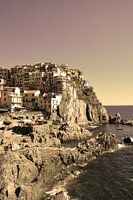 Cinque Terre Tuscany Italy OldHendrik-Jan Kornelis
Cinque Terre Tuscany Italy OldHendrik-Jan Kornelis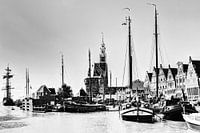 Hoorn Port North Holland Netherlands Black and WhiteHendrik-Jan Kornelis
Hoorn Port North Holland Netherlands Black and WhiteHendrik-Jan Kornelis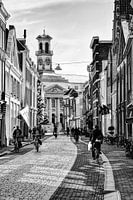 Town hall of Dordrecht Netherlands Black and WhiteHendrik-Jan Kornelis
Town hall of Dordrecht Netherlands Black and WhiteHendrik-Jan Kornelis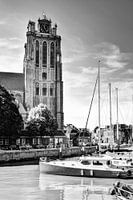 Our Lady Church in Dordrecht Netherlands Black and WhiteHendrik-Jan Kornelis
Our Lady Church in Dordrecht Netherlands Black and WhiteHendrik-Jan Kornelis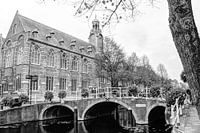 Nonnenbrug with Academy building Leiden Netherlands Black and whiteHendrik-Jan Kornelis
Nonnenbrug with Academy building Leiden Netherlands Black and whiteHendrik-Jan Kornelis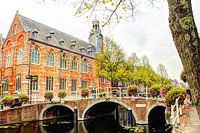 Nonnenbrug with Academy Building Leiden NetherlandsHendrik-Jan Kornelis
Nonnenbrug with Academy Building Leiden NetherlandsHendrik-Jan Kornelis













 Amsterdam
Amsterdam Flower Bulb region
Flower Bulb region Flower fields
Flower fields Flowers
Flowers High Dynamic Range
High Dynamic Range Joyful Moments
Joyful Moments Kitchen court
Kitchen court Landscape photography
Landscape photography Panorama photography
Panorama photography Photo wallpaper
Photo wallpaper Photography
Photography Polder landscape
Polder landscape The Netherlands
The Netherlands Tulip
Tulip Vibrant Colors
Vibrant Colors









